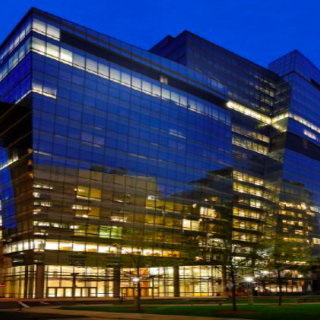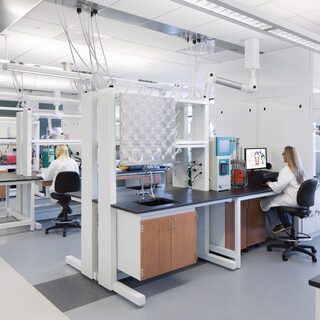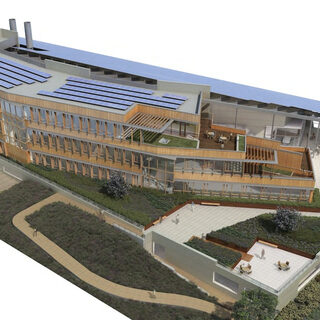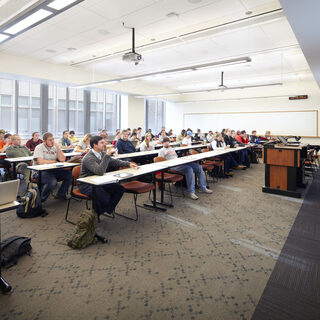Tradeline's industry reports are a must-read resource for those involved in facilities planning and management. Reports include management case studies, current and in-depth project profiles, and editorials on the latest facilities management issues.
Latest Reports
Leasing of Research Facilities Becoming More Prevalent in Coveted Urban Areas
Lease arrangements for office and laboratory space have historically been mostly for smaller companies, but are now becoming increasingly popular as a way for large research institutions to find an entrée into or expand in congested and expensive urban centers quickly, cost-effectively, and with more flexibility than building new.
Wisconsin Energy Institute
The five-story Wisconsin Energy Institute (WEI) serves as an interdisciplinary center of research on alternative energy, and as a living example of sustainable design.
A Net-Zero Genomics Lab as a Case Study for Social Responsibility
Founders of the J. Craig Venter Institute’s new 45,000-sf laboratory facility in La Jolla, Calif., aspire to create a technological marvel that not only defies the tradition of energy-intensive biological laboratories, but that also initiates a new generation of facilities that have both low environmental impact and an excellent working environment. In its founder’s words, the Institute is “a unique design that will meld the environmental philosophies of our genomics research with the sustainability goals that I believe must be part of all of our lives.”
2014 Biocontainment Facilities Priorities
The following is a compilation of responses to a survey that asked individuals responsible for planning, design, operations, and maintenance of high-containment facilities to rank their priorities for 2014 and make open-ended comments regarding those priorities. The issues identified in this survey will be the focus of Tradeline’s upcoming conference—The 2014 International Conference on Biocontainment Facilities—on April 10‐11 in Scottsdale, Arizona.
The respondents ranked their overall priorities as follows:
Incorporating Lean Concepts in Space Planning
A new approach to space planning based on Lean design concepts improves space utilization processes and helps reduce building and operating expenses for academic, research, and healthcare facilities by achieving maximum efficiency with minimum construction.





